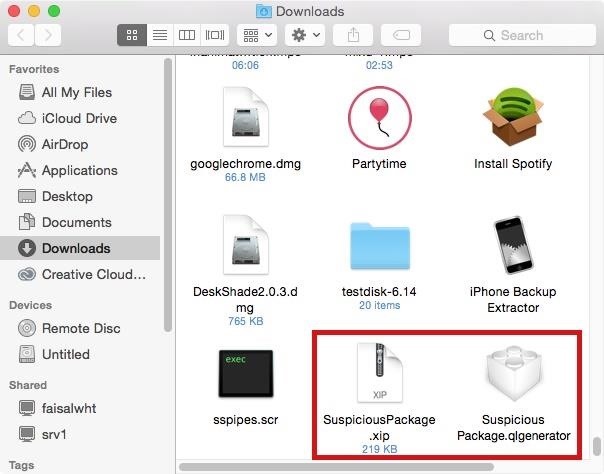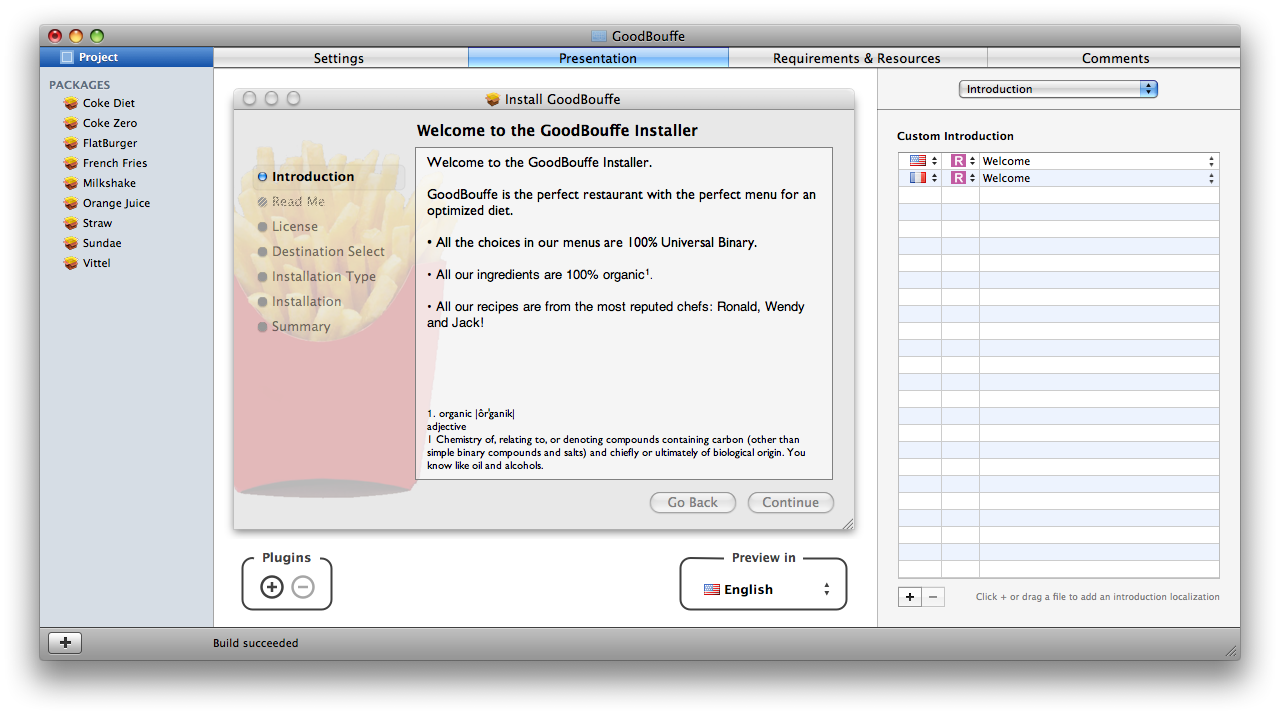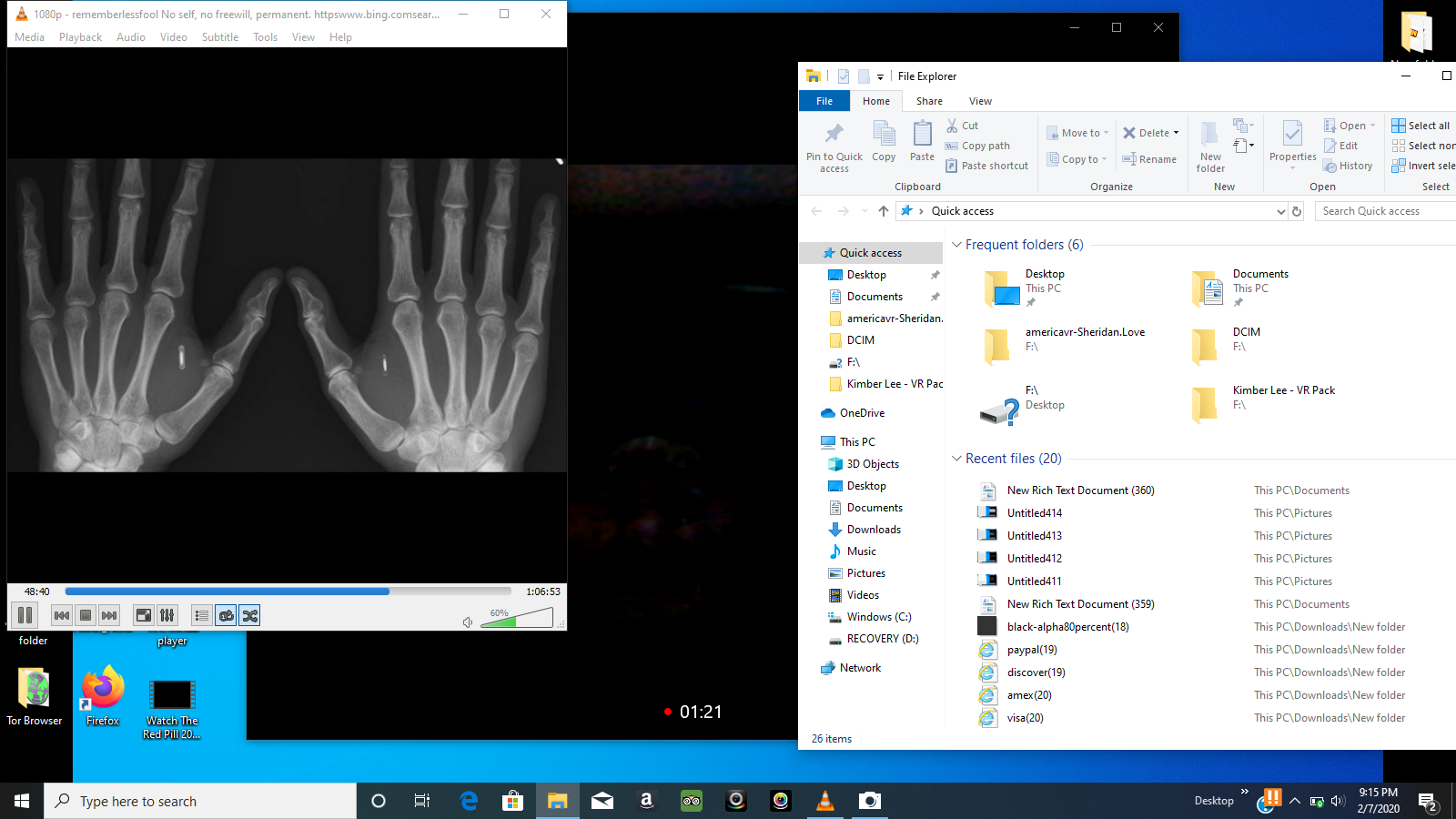

- #IS THERE A WAY TO CREATE AND INSTALL PACKAGE FOR MAC HOW TO#
- #IS THERE A WAY TO CREATE AND INSTALL PACKAGE FOR MAC FOR MAC OS X#
- #IS THERE A WAY TO CREATE AND INSTALL PACKAGE FOR MAC FOR MAC#
- #IS THERE A WAY TO CREATE AND INSTALL PACKAGE FOR MAC MAC OS X#
- #IS THERE A WAY TO CREATE AND INSTALL PACKAGE FOR MAC SOFTWARE#
It's $20 shareware, and if one works in the above mode a lot, it could well be worth the investment. In researching this command, I discovered a nice GUI utility called Pacifist (OS X 10.8 or later) that can drill into, amongst others. Here's what a dump looks like for one of my. In these examples, the destination folder will be in the same folder as the package file, but one could define a path to somewhere else. Pkgutil -expand package-name.mpkg destination-folder In the simplest case, the terminal commands would be: pkgutil -expand package-name.pkg destination-folder The "man" page, of course, shows all the options. The easiest way to get started is to do a simple expand option and write it out to a named folder. It extracts the contents of the package file into its component pieces and can write it all out to a folder for inspection. In this case, one can use a nifty OS X command line tool called pkgutil.

A different kind of tool is needed to analyze it. However, if Show Package Contents isn't provided as a contextual menu option for either type of installer, don't despair. pkg files inside them that may be amendable to Show Package Contents. mpkg files are meta-packages that may contain. That may or may not work depending on how the package file is constructed. Download the installer package file to your local network, and then. There are two basic ways that you, as an admin, can deploy Office to Mac users in your organization: Provide your Mac users with the installer package file, and have them install Office for themselves.
#IS THERE A WAY TO CREATE AND INSTALL PACKAGE FOR MAC FOR MAC#
One might think, at first, that the OS X command "Show Package Contents" will work on another package file, an installer that ends in. Applies to: Office for Mac, Office LTSC for Mac 2021, Office 2019 for Mac.

There is a contextual menu item, "Show Package Contents" that allows one to drill into the guts of an application and view all its resources.
#IS THERE A WAY TO CREATE AND INSTALL PACKAGE FOR MAC HOW TO#
OS X recognizes application packages and knows how to give them their unique icon.
#IS THERE A WAY TO CREATE AND INSTALL PACKAGE FOR MAC MAC OS X#
And, since Mac OS X is now home to Windows-style installer crapware, Homebrew Cask is a way around that.If you happen to be faced with a package (.pkg) or meta-package (.mpkg) file and want to inspect its contents before you initiate an install, there's a nifty OS X utility that can dump out the files contained inside for your inspection.Īs OS X users, we're familiar with the fact that applications are actually complex folders in disguise-packages in developer lingo. A window opens, prompting you to double-click on the VirtualBox.pkg installer file displayed in that window. Perform the following steps to install on a Mac OS X host: Double-click on the dmg file, to mount the contents.
#IS THERE A WAY TO CREATE AND INSTALL PACKAGE FOR MAC FOR MAC OS X#
They can avoid all the downloading DMG files and clicking around. For Mac OS X hosts, Oracle VM VirtualBox ships in a dmg disk image file.
#IS THERE A WAY TO CREATE AND INSTALL PACKAGE FOR MAC SOFTWARE#
This is a shame, because - while we geeks love easy terminal utilities - many people could benefit from easy software installation on Mac OS X. Unfortunately, there’s no graphical user interface for Homebrew Cask. Not every graphical application or Unix utility you’re looking for will be available, but most of them probably will be. To remove that package from your system later: brew remove nameįor more details on using these commands, read the Homebrew Cask Usage guide or the Homebrew brew command manual on their official websites. To download and install that package: brew install name To search for a utility: brew search name Like Homebrew Cask, it uses simple commands. It’s the easiest way to install them on Mac OS X, just as it is on Linux. The Homebrew command is the underlying package manager that installs all those UNIX and open-source utilities you might want. Install Open-Source Utilities With Homebrew To uninstall an app with Homebrew Cask, run the following command: brew cask uninstall name Homebrew Cask will automatically download it, extract the app, and install it to your Applications folder. To install an app, run the following command. To search for one, use the following command: brew cask search name Now you can get started installing those graphical apps you want. Install Graphical Apps With Homebrew Cask It uses Homebrew to install Cask: brew install caskroom/cask/brew-cask Once you’re done, run the following command to install Homebrew Cask. Homebrew Cask is now automatically installed as part of Homebrew itself. UPDATE: The below command is no longer necessary. Run the following command once you’re done to ensure Homebrew is installed and working properly: brew doctor By default, it installs Homebrew so you can use the brew command without typing the sudo command and providing your password.

Press Enter and then provide your password to install it. if you run the ruby script using the command above, it will ask you to run the following command: /bin/bash -c "$(curl -fsSL )" Update: Run the following command instead.


 0 kommentar(er)
0 kommentar(er)
